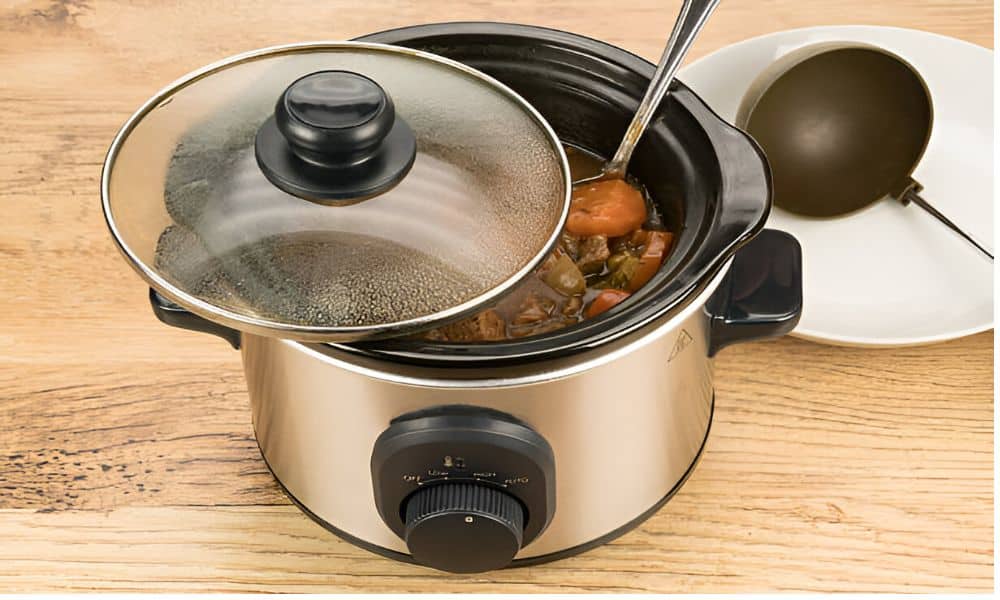I used to feel nervous about lengua. Then I learned how to cook lengua in slow cooker, slow and gentle, and everything changed. The kitchen filled with garlic and bay. The meat turned silky and rich, like a warm hug on a cold day.
This guide stays clear and calm. Short steps. Safe prep. Tender results. I’ll share my own notes from many batches: clean handling, easy timing, peeling at the sweet spot, and a bright finish.
Small kitchen? No problem. I’ll show compact tips that work. Grab a pot and a few basics. Let’s set the heat low, breathe, and make something real.
What Is Lengua?
Lengua is beef tongue. It looks bold, yet it cooks up tender and silky. The taste is rich and beefy, with a smooth bite. Think short rib meets buttered toast.
Slow cooking suits lengua because gentle heat protects the meat. Collagen melts and turns the fibers soft. Moist heat keeps each slice juicy, not dry. Time draws deep flavor from onion, garlic, bay, and peppercorns.
The skin loosens during a long, low cook, so peeling is easy. Under that layer sits glossy, delicate meat. Slice across the grain for a soft chew. Finish with a pinch of salt and a squeeze of lime to make the flavor sing.
Ingredients and Tools (for success on the first try)
Core ingredients
- Beef tongue: 1 whole (3–4lb)
- Onion: 1 large, quartered
- Garlic: 1 head, halved crosswise
- Bay leaves: 2
- Whole black peppercorns: 1 tablespoon
- Kosher salt: 1 tablespoon (plus more to taste)
- Ground cumin: 1 teaspoon
- Dried oregano: 1 teaspoon
- Apple cider vinegar: 1 tablespoon
- Water: enough to cover by about 1 inch
Optional flavor add-ons
- Carrot: 1 small, chopped
- Celery: 1 stalk, chopped
- Fresh thyme: 2 sprigs
- Smoked paprika: 1/2 teaspoon (add after cooking or at the sear step)
- Lime: 1, for finishing
- Chili flakes or mild chili powder: a pinch
Tools
- Slow cooker (6‑quart is ideal)
- Tongs
- Cutting board (set a damp towel under it)
- Sharp chef’s knife
- Paring knife (for peeling)
- Fine strainer (for broth)
- Small skillet (for a quick sear)
- Measuring spoons and cups
Step-by-step: how to cook lengua in slow cooker
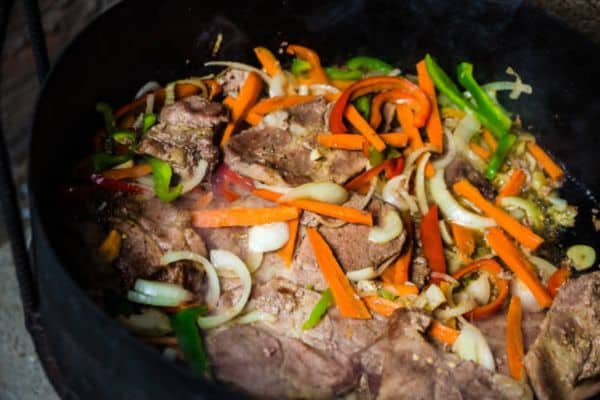
Step 1: Rinse and pat dry
Hold the tongue under cool water to remove surface bits. Pat it dry with paper towels. Set it on a board and trim only loose tissue at the base.
Step 2: Layer aromatics in the pot
Place onion, garlic, bay leaves, peppercorns, cumin, oregano, and salt in the slow cooker. Add carrot and celery for extra body if desired. Best Slow Cookers for One Person Pour in a tablespoon of apple cider vinegar for balance.
Step 3: Add lengua and cover with water
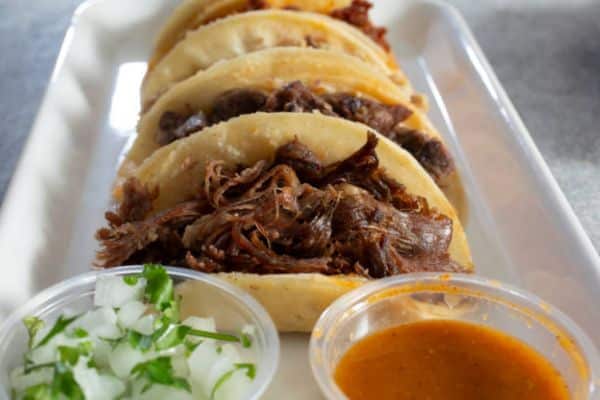
Nestle the tongue over the aromatics. Pour in enough water to cover by about 1 inch. Make sure it sits level and fully submerged.
Step 4: Set to Low for 8–10 hours
Cover the pot and let it cook on Low until tender. At 8 hours, test the thick end with a fork; it should slide in with light pressure. Add time as needed for a soft bite.
Step 5: Rest on a board and peel while warm
Lift the tongue out with tongs and set it on a board. Rest 10–15 minutes so the peel releases and juices settle. Lift an edge of the skin with a paring knife and pull it off in wide strips.
Step 6: Slice across the grain or dice
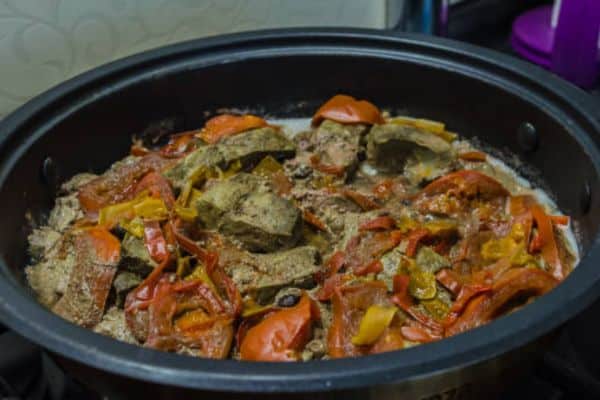
For tacos, slice thin across the grain for a gentle chew. For stew, dice into small cubes that hold shape. Taste and add salt to bring the flavor forward.
Step 7: Season and serve optional quick sear for edges
Heat a thin film of oil in a small skillet. Sear slices 1–2 minutes per side for crisp edges and a deeper note. Finish with lime or warm salsa and serve.
Time and texture guide: At 8 hours on Low, the meat is sliceable with a light bite. At 9 hours, it turns very tender yet stays neat. At 10 hours, it becomes extra soft and lush.
Safety and doneness cues
Tenderness check with a fork
Gently insert a fork into the thick end of the tongue. It should glide in with light pressure and come out clean. Twist the fork a little; the meat should move but not shred. That feel means tender and sliceable.
Rest for a clean peel and juicy slices
Move the tongue to a board and rest 10–15 minutes. Heat settles, juices relax, and the skin loosens. Lift an edge with a paring knife and peel in wide strips. Slice across the grain for neat pieces that hold moisture.
Clean handling for a calm, safe kitchen
Use clean tongs and a fresh board for cooked meat. Keep raw prep tools out of the way to avoid cross-contact. Wash knives, boards, and hands with hot, soapy water before slicing. Strain the hot broth into a clean container and cool it fast in a shallow dish.
Extra peace-of-mind notes
Keep the pot covered so the cook stays steady and moist. Aim for gentle bubbles, not a hard simmer. For tidy slices, chill the cooked tongue 20–30 minutes, then slice and rewarm in a splash of broth. Store leftovers submerged in broth to stay moist.
Pro tips from experience
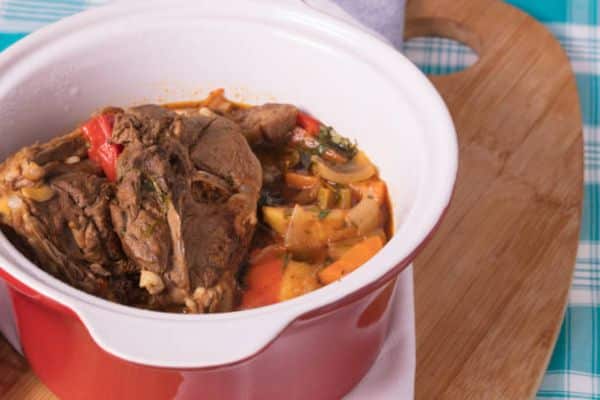
Peel while warm, not hot or cold
Let the tongue rest 10–15 minutes before peeling. The skin loosens and slips off in wide strips. Hands stay safe, and the meat stays juicy.
Keep spices simple in the pot; finish fresh at the end
Use salt, bay, onion, garlic, peppercorns, cumin, and oregano in the cook. Save bold heat and bright herbs for the finish. Lime, fresh cilantro, or warm salsa add lift without dulling the broth.
Save the broth; it gels and adds body to soups and rice
Strain the liquid while hot and cool it fast in shallow containers. The gel is natural collagen and means rich flavor. Use it for soups, rice, braises, or to reheat leftovers.
Sear in small batches for crisp edges
Heat a thin film of oil in a skillet until it shimmers. Lay slices in a single layer and let them sit before turning. Crisp edges form, and the center stays tender.
Store in broth for moisture; label and date
Submerge slices in broth and chill in airtight containers. Write the date on the lid. In the fridge, it holds well for 3–4 days; in the freezer, 1–2 months. Reheat gently with a splash of broth.
Troubleshooting (quick answers)
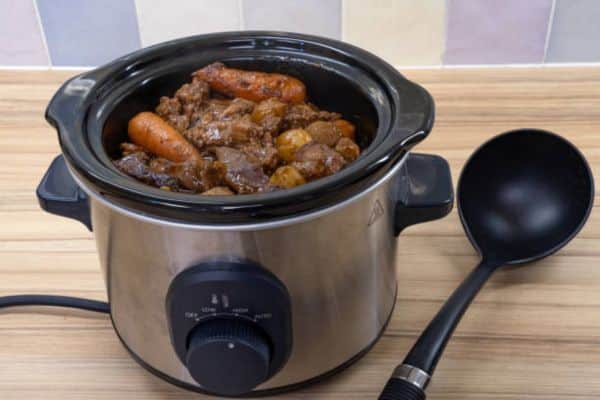
Too firm
Cook longer on Low and keep the lid closed. Test the thick end with a fork every 30 minutes. Stop once the fork slides in with light pressure. Rest 10–15 minutes before peeling.
Bland taste
Salt the slices, not just the pot. Add a squeeze of lime or a splash of vinegar. Warm a little broth in a pan and reduce it, then spoon over the meat for deeper flavor.
Hard to peel
Let the tongue rest until warm, not hot. Lift an edge of the skin with a paring knife and pull in wide strips. Stubborn patches on the underside can be trimmed away cleanly.
Falls apart
Chill the cooked tongue 20–30 minutes for neat cuts. Slice across the grain with a sharp knife and short strokes. Reheat gently in a splash of broth to keep it tender and moist.
Frequently Asked Questions
Do I need to peel before cooking?
No. Leave the skin on for the cook. A long, gentle cook loosens the skin, so it slips off in wide strips while warm. Peel after a 10–15 minute rest for clean, juicy slices.
Can I add stock instead of water?
Yes. Stock adds depth. Use low‑sodium stock to keep control of salt. Aromatics like onion, garlic, bay, and peppercorns still shine, and the broth you save later will be rich.
Can I cook on High?
It works, yet texture can suffer. High heat can make the outer layer tight before the center turns tender. Low for 8–10 hours gives an even, silky result that slices neat and stays moist.
conclusion
Cooking lengua taught me to slow down and trust steady heat. The pot does the hard work. The peel lifts clean, the slices shine, and the broth hums with comfort. It turns a bold cut into soft, rich bites that feel like home.
The steps are simple and sure. Rinse, layer aromatics, cover with water, and set to Low. Rest, peel, slice across the grain, and add a bright touch at the end. Save the broth—it’s liquid gold for soups, rice, and easy reheats.
Small tweaks make a big difference. Peel while warm. Keep spices gentle in the pot. Sear in small batches for crisp edges. Store in broth and label the date. Each little habit adds up to tender meat and clean, calm cooking.


